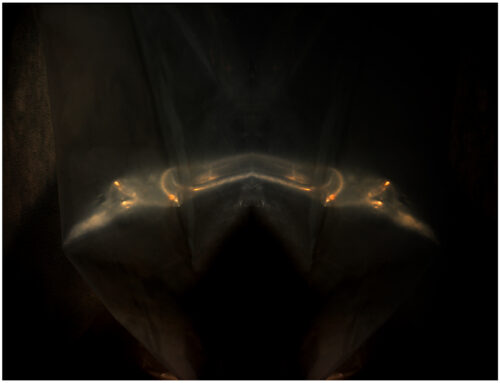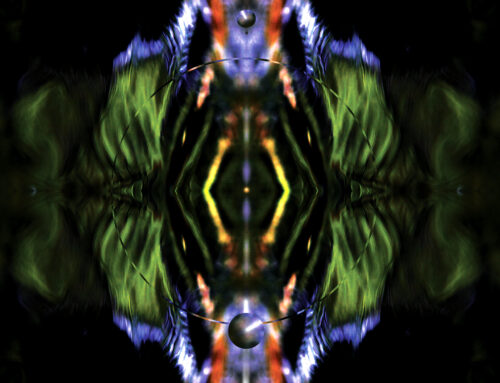Late last year I ghost wrote several children’s stories, one of which was about an elephant.
At one point in the story I had suggested that perhaps the elephant was pretending about its feelings. The story was later handed over to a very competent and helpful copy editor; she asked ‘do elephants pretend?’ But probably her question had to do with ability rather than choice. It was a good question and at the time prompted only a poem. But the question continues to echo about in my head.
From myths, fables and early childhood stories, we easily and readily anthropomorphize animals, bestowing them with human traits; there are few animals that haven’t become some visual symbol for a particular group, business or club and of all our non-human family, perhaps the elephant has been used the most to symbolize human activity.
In one of it’s earliest manifestations, from the Hindu pantheon, we find Ganesha, a human with the head of an elephant. In Sanskrit, the word Buddhi, a feminine noun, is translated as intelligence, wisdom or intellect. The elephant is also reverently associated with Lord Buddha.
Millennia later and a continent away, the donkey, that unofficial symbol of the democratic party, first appeared in 1828 on campaign posters for Andrew Jackson. His opponents had labeled him a ‘jackass’ and apparently he used the image with the quote’ Let the people rule!’ For the first time in 1874, in a newspaper cartoon by Thomas Nast, the elephant appeared as a symbol for the Republican party. The cartoon depicts a group of animals in a forest being terrified by a donkey in a lion’s skin. The caption reads: ‘An ass having put on the lion’s skin, amused himself by frightening all the foolish animals in his wanderings’—Shakespeare of Bacon, obviously alluding to the democratic political panic of a possible third term by Republican President Ulysses S. Grant.
Though tempted, I shall resist any kind of ironical comment. Suffice it to say that I think using these creatures to represent our political parties is rather much an insult to the animals. Yes, donkeys are thought to be stubborn and yes, the elephant, having been used to sell everything from beer to glue, is indeed an intelligent creature—perhaps not as clever or as devious as we are, but gifted with attributes to which we would do well to aspire. For me, it’s not hard to imagine an elephant, bound into captivity, pretending to be otherwise.
When Elephants Pretend?
I gave my elephant a length of chain.
I gave it water and an uncommon name. I gave it
food and my affection. Yet it stood
mute and what seemed to me aloof.
I gave the elephant a proper bath and a place
in my book of records, a fine howdah trimmed in gold,
settling deep into the bones of its back.
Yet it grew aloof and quiet as a root.
I gave my elephant my very best mahout.
I gave it my patience and, over and over, the benefit
of a doubt. Yet it stands and stares
as if it never cares about anything I’ve given it.
Or is it just pretending?
Galen Garwood © 2009
******************************************************
OTHER NEWS
Last night, here in Chiangmai, I attended the opening reception for a marvelous exhibition called
“SONGS OF MEMORY: TRADITIONAL MUSIC OF THE GOLDEN TRIANGLE
A Multi-media Exhibition of Music, Instruments, and Costumes of the Karen, Hmong, Mien, Lahu, Akha, and Lisu” by filmmaker, writer, photographer, and curator Victoria Vorreiter at Chiang Mai Arts and Cultural Centre (behind the 3 Kings Monument). If you live here or are visiting Chiangmai, I recommend seeing this magnificent exhibition. It’s an important collection and preserves for all of us tribal cultures, their music, poetry and art. The catalogue of the exhibition and DVDs can be found on her site: http://www.tribalmusicasia.com/ Don’t miss it.
* ANNOUNCING TWO MORE WEEKS FOR THE FEBRUARY ART SALE
To purchase a PANOM, Cousin to the Clouds DVD
Coming soon. Stay tuned.
THE FIRST ELEPHANTS
by Galen Garwood
(the little folks’ version and the X-rated version.)
Blessings from Chiangmai,
Galen





